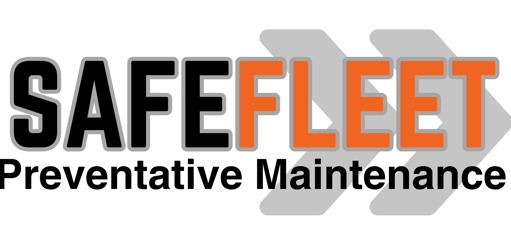
Safefleet is our comprehensive fleet maintenance and customer safety program. This proactive initiative is designed to ensure that every trailer and vehicle in our fleet is maintained to the highest standards in the industry – and beyond. Through regular maintenance protocols, staff training and customer awareness, Safefleet allows us to continually uphold exceptional safety benchmarks to provide you with peace of mind every time you hire from us.
